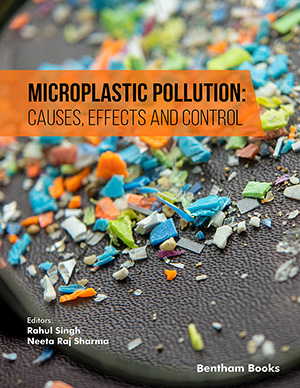Abstract
Microplastics are ubiquitous on the earth, even in the purest environments
like arctic snow, inaccessible mountains, via. Microplastics may be disseminated via
air fallout near metropolitan areas, however, the great bulk of data points to water as
the primary distribution channel. Researchers have discovered that surface and
groundwater are also polluted by microplastics, despite maximum research focusing on
marine pollution. The international community visualizes a decline in the concentration
of floating plastic waste as an essential step toward the long-term sustainability of the seas.
However, there is presently no universally acknowledged indicator of floating plastics
trash density. Ultimately, a significant portion of the present microplastic proliferation
has been attributed to wastewater, which is frequently not efficiently treated to
eliminate such tiny, hydrophobic pollutants. Previously treated wastewater is
discharged into water bodies, which in turn feed natural water reserves. Microplastics
are also dispersed into the soil and terrestrial ecosystems by certain communities that
irrigate their crops with wastewater. A further problem is that micro plastic-rich sludge
from wastewater facilities is used as a fertilizer for food crops. It is crucial to keep an
eye out for new developments in bioplastics and biodegradable polymers that avoid the
build-up of microplastics in the food and agriculture industries.
Keywords: Atmosphere, Bioplastic, Biosphere, Distribution, Freshwater, Hydrosphere, Infiltration, Lithosphere, Marine, Microplastic, Nanoplastic, Occurrence, Plastic footprints, Pollution, Primary source, Secondary source, Sewage, Sources, Ubiquitous, Weathering.













